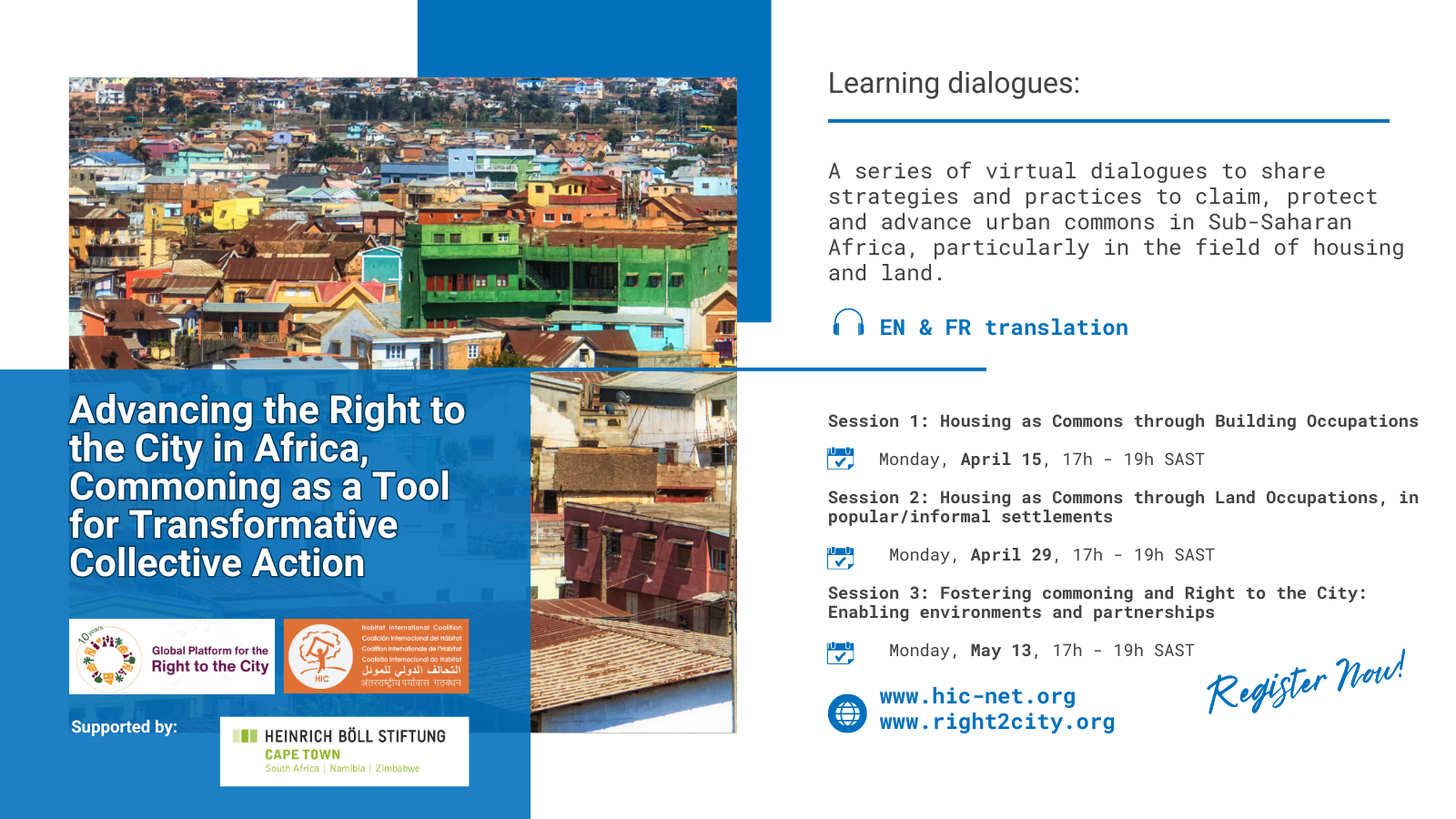
Fast Facts on Homelessness
General Homeless Population
Who are Canada’s Homeless?
A report by the Canadian
Homelessness Research Network and the Canadian Alliance to End Homelessness
estimates that 200,000 individuals, youth and families experience homelessness
per year (Gaetz, Donaldson, Richter & Gulliver, 2013).
30,000 Canadians experience homelessness
on any given night, and as many as 50,000 make up the ‘hidden’ homelessness (‘couch-surfers’
or individuals who stay with family, friends, or others because they have
nowhere else to go) (Gaetz, Donaldson, Richter & Gulliver, 2013).
The Homelessness Partnering
Strategy report that in 2009, 147,000 unique individuals stayed in an emergency
shelter. This number does not reflect the thousands of families staying in
violence against women (VAW) shelters (Segaert, 2012).
Approximately 20% of the
homeless population are young people between the ages of 16-24 (Gaetz,
Donaldson, Richter & Gulliver, 2013).
Several studies have found that youth
experiencing homelessness have disproportionately been involved in child
protection services or foster care in their lives. This number ranges from
close to 30% to 49% (Clarke & Cooper, 2000; Leslie & Hare,
2000; McCarthy, 1995; Kaus & Dowling, 2003; Raising the Roof, 2009; Gaetz
et al. 2010).
Individuals of First Nation, Inuit and
Metis descent are dramatically overrepresented in Canada’s homeless population;
in large urban areas new Canadians, particularly those of colour, are
increasingly vulnerable to experiencing homelessness
The average life expectancy of a person
experiencing homelessness in Canada is 39 years
(Trypuc & Robinson, 2009).
Contrary to popular misconception,
schizophrenia is only present in approximately 6% of Toronto’s homeless
population (Frankish, Hwang, & Quantz, 2005).
Homelessness costs the Canadian economy
$7 Billion each year – not only through emergency accommodations but also
through the use of social services, health care, and corrections (Gaetz,
2012)
Housing First has emerged as a best
practice for providing housing for individuals with mental health and addiction
concerns, and has been extended across Canada to other populations. Housing
First has been shown to be successful in housing retention, reducing
unnecessary emergency room and hospital visits, reducing criminal justice
involvement, and improving the quality of life for residents (including
reductions in health and mental-health related symptoms and addictions) (Gaetz,
Scott & Gulliver, 2013).
Overall, Canada’s response to
homelessness remains based on emergency accommodations and an uncoordinated use
of public systems and services. There is much more work to be done in prevention
– or preventing homelessness from occurring in the first place.
* Read the full article here.


